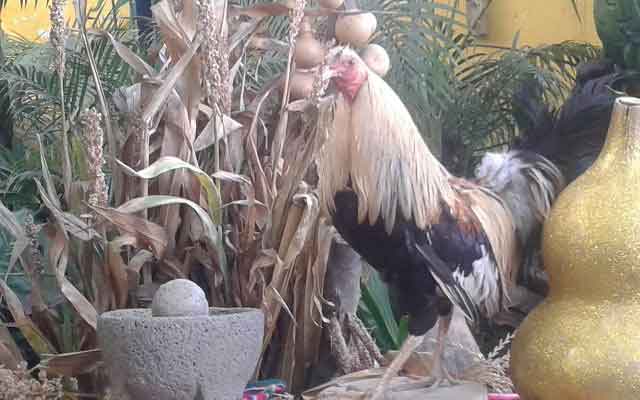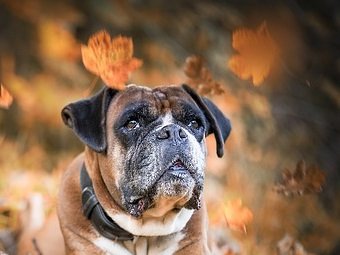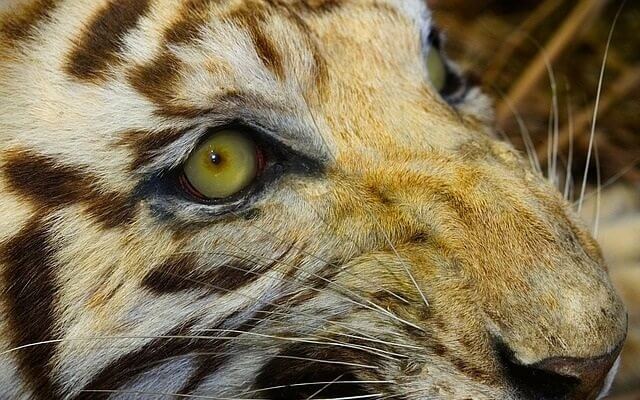.
Taxidermy, Life After Life: Unveiling the Art and Millenary Science
Preserving Nature's Beauty: A Look at Popular Taxidermy Methods
Reading time : 1 minute,
Discovery Chepe Id-269-ECO
Published in
11-19-2017
Update 01-06-2023

Birds conservation is more complicated but it is possible. Feathers and original texture be carefully processed. This roster seems to be alive, but it's fake.
Taxidermy and Techniques
The art of lasting memories, taxidermy techniques for trophy preservation, Taxidermy consists in conserve inert animals, maintaining a natural aspect as possible, as if they still alive. Taxidermy dates from ancient Egypt, anthropologists have been found in some tombs of people with stuffed animals inside. It is known to all that the Egyptians practiced embalming, a practice to prevent the corpses decomposition and preserve its normal appearance for a long period of time.
Taxidermist may have diverse knowledge about anatomy, sculpture, painting and treatment of animal skins, to preserve the physical and chemical characteristics of the animal, protecting them from the environment that normally affect the quality of the skin, light, humidity, temperature and even pests. Thanks to these techniques, we have on well-reserved dissected animals that are more than a century old and to protect these stuffed animals, it's very common to use glass urns, we see them in museums, schools and private homes.

1- Using alcohol.- This method consists of simply placing the whole organism in a container with this solution. Normally the alcohol must be reduced to 70% of its concentration. Organism are normally first treated with formaldehyde before being immersed in alcohol. Mollusks and sensitive organism like jellyfish for example. This technique is also used in fish, amphibians and reptiles, sometimes also mammals and birds.
2- The conservation of the skin.- This technique is used in mammals and birds and as its name indicates, it consist of removing the skin with different cutting techniques and using razors and knives, in such a way the skin remains intact, without damage and holes.
Taxidermy and its techniques, keep your pet for ever?

Mammal conservation starts with skinning, (one piece). Animal's look must keep a natural and savage aspect.
3- Conservation of the skeleton.- For this technique it is necessary to remove all the muscle tissue from the bones where later the remains are placed in a maceration process (converting organic matter into liquid) in a solution with enzymes and in addition, some types of insects can be used, they completely clean the skeleton of organic matter.
4-The dermoplasty.- These technique is intended to preserve the entire animal, in its three dimensions. The starting point is to preserve the skin as we mentioned in point number two. Tissues such as tendons, cartilage among can also be preserved, all this depending on the organism in question. Once the skin is preserved, it is filled with artificial skeletons or synthetic materials to recover the complete and original shape of the animal. The shape and position of the body depend on the nuance that you want to represent in nature, asleep, lying in wait, attack gaze etc. The challenge here is to recover the features and postures that an animal species would have in nature.
Most read...
See Also
Discovery Chepe















